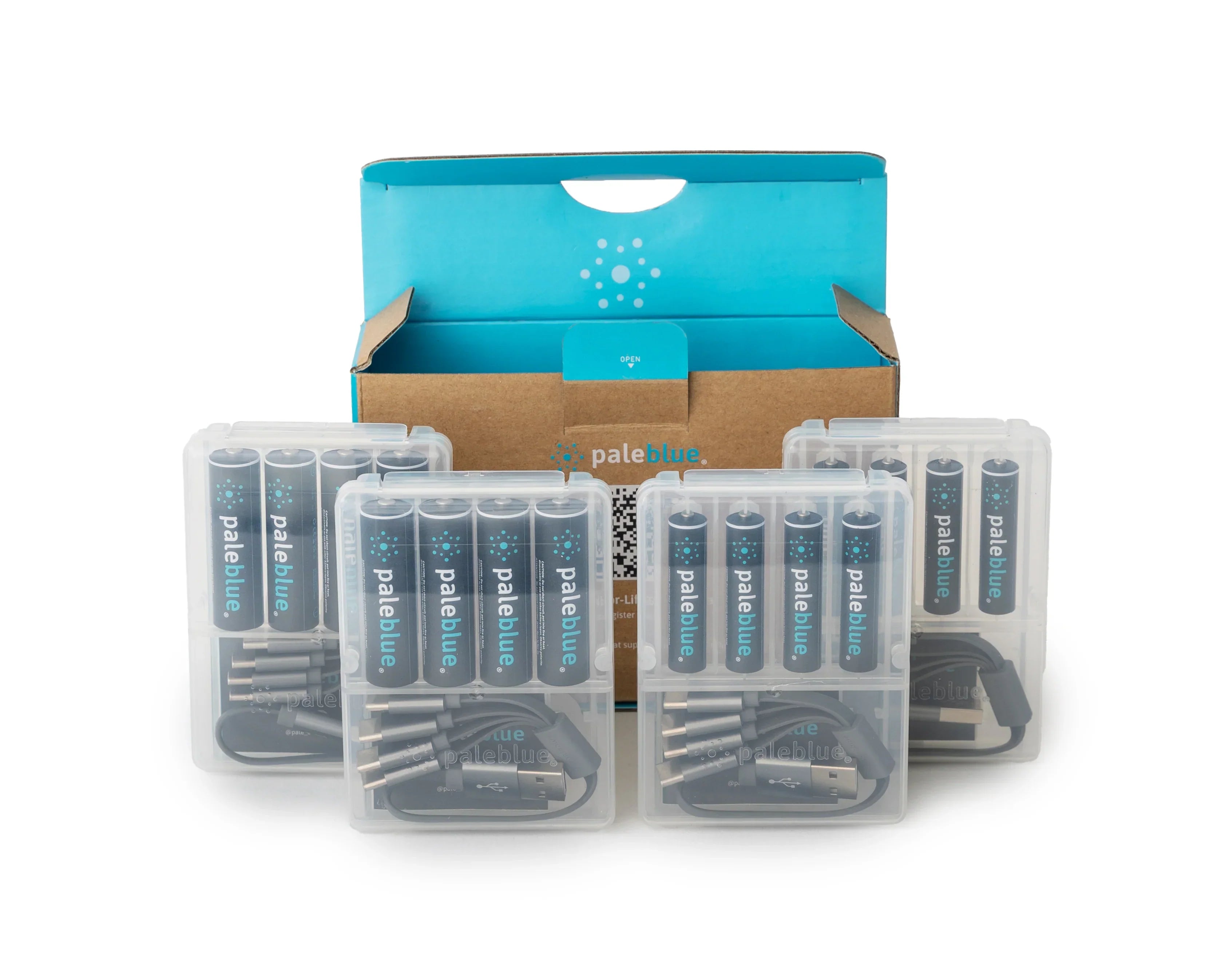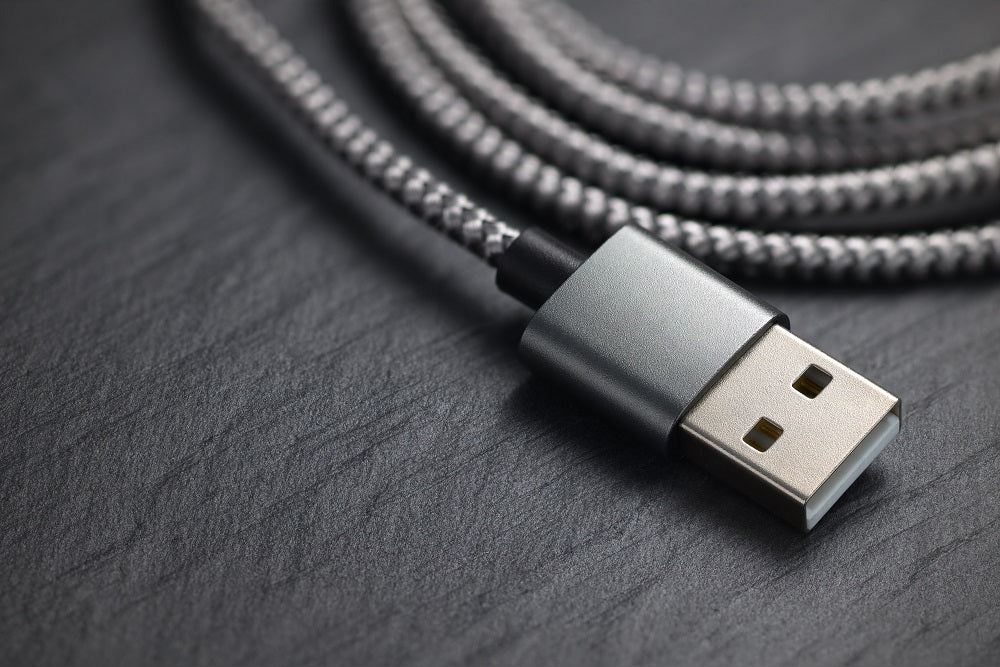Could Every AC Outlet Be Replaced with a USB Port?

Recently, we have been thinking a lot about USB power delivery as an alternative to the current AC system. Would it be possible to completely replace AC power delivery by converting everything to DC and using USB ports? Theoretically, yes. But practically, the jury is still out on that one.
Converting to a global system of USB power delivery would mean eliminating every AC outlet and replacing it with a USB port. Under such a scenario, our USB rechargeable batteries wouldn't be so unique anymore. Everything we used to plug into AC wall outlets would be powered through a USB port.
Try to imagine if a global conversion ever took place. Imagine no AC outlets in your home. Everything is USB. Your TV and audio system are plugged into USB ports in the living room. All of your kitchen appliances are plugged into a bank of USB ports built into the countertops. Even your vacuum has a USB power cable.
USB's Universal Appeal
One of the reasons for pursuing USB power delivery is the technology's universal appeal. USB is an acronym that stands for 'universal serial bus.' It truly is universal. A USB port in the U.S. is identical to one in Europe. You can plug your USB rechargeable batteries into any charging station in a New York City airport. Then, after finishing the long flight across the Atlantic, plug the batteries into a USB port at Heathrow.
You cannot do the same with an electrical appliance that runs on AC power. Take your hair dryer, for example. If you want to use it while vacationing in the UK, you have to take a power converter with you. The U.S. and British systems run on different voltages. This situation creates plenty of headaches for travelers and manufactures alike.
More Consistent Power
Another appealing aspect of USB power delivery is consistency. Power traveling through a USB cable is direct current (DC) while the power delivered through wall outlets is alternating current (AC). One of DC power's primary advantages is that it moves in only one direction. Therefore, it offers more consistent voltage delivery.
Sensitive electronic devices require that consistent power to perform well. That's why they run on batteries or are connected to wall outlets via power packs that convert AC power to DC. It just wouldn't be safe to charge something like a cell phone with straight AC power.
You have probably guessed that our USB rechargeable batteries provide DC power. All batteries do. They provide the even and consistent voltage that devices like digital cameras and portable music players require.
DC Doesn't Travel as Far
DC power and USB power delivery are both great technologies with lots of practical uses. But DC power has a major flaw: it isn't capable of delivering power across great distances. That's why the world chose the AC model when it came time to build the first power plants and transmission stations. AC power can be pushed over great distances with relative ease.
Another disadvantage of DC power is that it is harder to generate in a power plant. But perhaps that problem could be solved by converting to solar voltaic energy, energy from the sun that is converted directly into DC power prior to transmission.
At any rate, it is interesting to imagine a world with no more AC power outlets. All of our devices and electronics being powered via USB ports would mean the end to different voltages in different countries. Then Paleblue's USB rechargeable batteries wouldn't be so unique as many household appliances and devices would then all be utilizing the great benefits and convenience of USB. Until that day comes though, USB power delivery stands out because it is different – just like our batteries.
- Tags: Economical Sustainability








